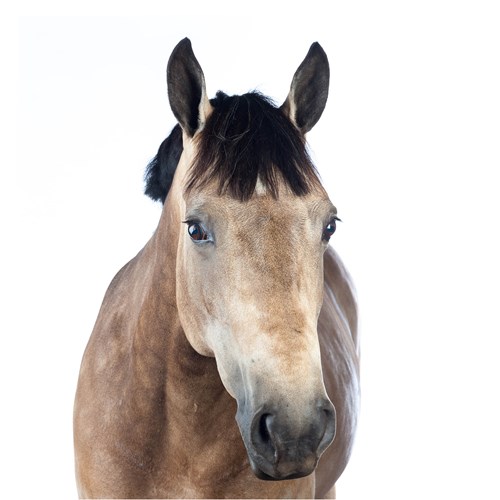
Key Information
CPD Hours: 1 hours
Course Length: One hour
Course Format: Recorded webinar with a copy of the webinar slides provided
Enrol Now
This course may run again in the future. To register your interest please contact us.
Course Information
- The relevant anatomy of the foot
- The different types of diagnostic analgesia
- The choice of imaging modalities available that are used in the area
Are you done with your lameness exam after the horse blocks to the foot? Do you want to learn an objective and practical way of investigating foot lameness more in depth?
The majority of equine forelimb lameness originates from the foot. The introduction of advanced imaging modalities, such as MRI, has added additional information, but also additional confusion to the diagnosis and treatment of these often very challenging cases. What do you do, if a lameness blocks to an abaxial sesamoid
nerve block and if there is no conclusive radiographic pathology? This lecture will cover the systematic approach with diagnostic analgesia and the correct choice of imaging modality for different types of foot lameness.
It is designed to give the equine practitioners who deal with lameness an increased understanding about the pathophysiology of foot lameness and the diagnostic techniques that can be used to obtain a timely and accurate diagnosis.
This webinar was part of the Nerve blocks and joint medications series that ran in June and July 2020. The other webinars in this series are:
Nerve blocks principles and applications
Diagnostic analgesia of the hindlimb (excluding the foot) and its interpretation
Diagnostic analgesia of the forelimb (excluding the foot) and its interpretation
Joint medications – a practical approach
Regenerative therapies – when, where and how
Our extensive library of recorded webinars are great value for busy practitioners seeking quality CPD at a time of their choice and without leaving home. Participants gain access to the webinar for two weeks which allows them to view it at their leisure and convenience as well as review aspects as needed to enhance learning. Participants will receive an electronic copy of the slides to support their viewing session and a CPD certificate.
Members of the BVA Young Vets Network receive a 50% discount on our recorded webinars (subject to availability – ten discounted places available per webinar per year).
Please note: Our anytime Recorded Webinars and Recorded Webinar Plus CPD are regularly reviewed to ensure they are still providing the most up-to-date information. Please therefore activate the webinar within 3 months of purchase as we cannot guarantee availability after this time period. Any recorded webinars that are removed from sale during the 3 month time period we will offer a free replacement.
David Bolt, Dr.med.vet MS DipACVS DipECVS ECVDI LAIA FHEA MRCVS
Senior Lecturer in Equine Surgery
The Royal Veterinary College
Relevant CPD courses you may find of interest
Oh no, I think it’s ataxic! A practical approach to the neurological examination of the horse
Practical management of the coughing horse
A practical approach to the diagnosis and management of back and sacroiliac pain
Practical guide to the use and interpretation of nerve and joint blocks
The non-weight bearing horse including fracture stabilisation
Diagnosis and management of common foot conditions
Diagnostic analgesia of the foot and its interpretation
Tendon injuries – first line treatment to long term
Investigation and management of cutaneous lumps and bumps
First aid and resuscitation of the sick neonatal foal
Decision making with the colicing horse
Equine nerve blocks and joint medications
The approach to the swollen joint
Shoeing for different conditions

